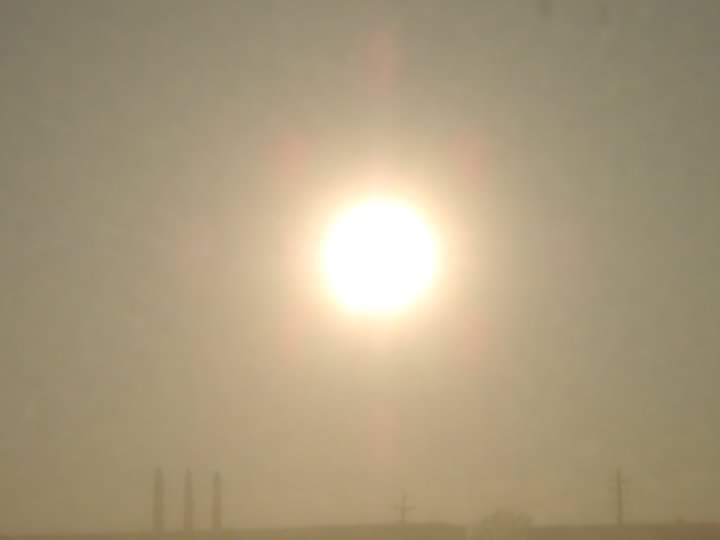“**” Info via Environment Canada
30 years already for our UV Index!
On May 27, 30 years ago, Canada became the first country in the world to add the UV Index to its weather forecast as a tool to help Canadians understand the dangers from sun’s overexposure. It was invented by three of our scientists, Drs. Tom McElroy, Jim Kerr and David Wardle, in response to concerns over the thinning ozone layer.
The great success of the UV Index over the years lies in its simplicity: it translates complex scientific information on the ozone layer and the strength of the sun’s rays into a simple numeric scale.
How does it work?
The index was created by analyzing Canadian ozone and UV data, and creating a numeric scale to forecast the UV strength based on the thickness of the ozone layer. Simply put, the UV index represents the strength of the sun’s UV rays. As the UV increases, the sun’s rays can do more harm to our skin, eyes, and immune system.
Where to find your daily UV Index
The UV Index forecast is available for “today” and “tomorrow” on the 7-DAY tab of our weather app, and on our website, when the Index is 1 or higher.
In Canada, the UV Index is highest in the spring and the summer. The sun is strongest in the summertime, so, consider doing outdoor activities such as hiking or biking before 11 a.m. or after 3 p.m. Be extra careful at the beach or lake – you can sunburn quickly – as you are exposed to more UV. Cover up and try to spend less time in the sun – bring a beach umbrella, or seek the shade and apply sunscreen.
In 1994, the World Health Organization (WHO) and the United Nations Environment Program adopted the UV Index as an international program. A global standard, based on the Canadian model, was developed in 2002 for worldwide use. In 2004, the Index was updated slightly to incorporate new standards, new science and improved health information. For example, the Index now takes into consideration elevation as UV rays are stronger in the mountains than at sea level, and the reflection of UV rays off snow, which increases UV levels.
For more: UV index and sun safety




